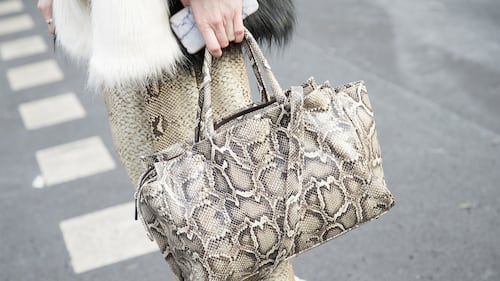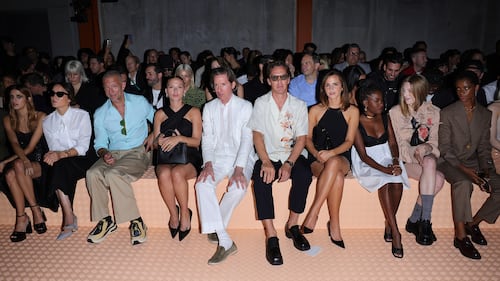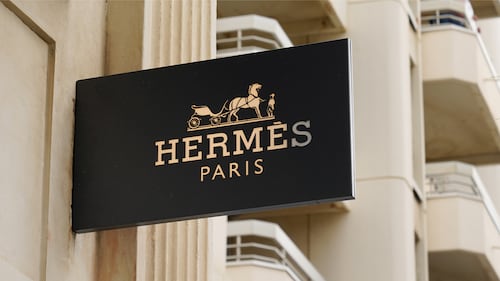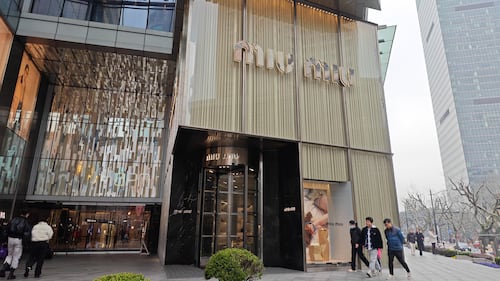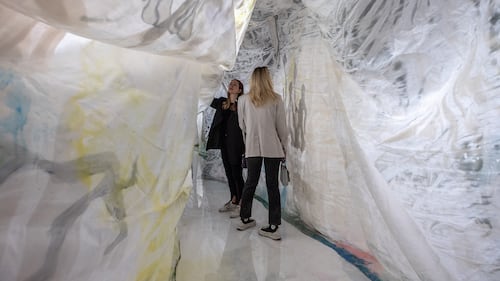Hermès


Why Luxury Brands Can’t Shake the Controversy Around Exotic Skins
Companies like Hermès, Kering and LVMH say they have spent millions to ensure they are sourcing crocodile and snakeskin leathers responsibly. But critics say incidents like the recent smuggling conviction of designer Nancy Gonzalez show loopholes persist despite tightening controls.
Why Luxury Brands Can’t Shake the Controversy Around Exotic Skins
Companies like Hermès, Kering and LVMH say they have spent millions to ensure they are sourcing crocodile and snakeskin leathers responsibly. But critics say incidents like the recent smuggling conviction of designer Nancy Gonzalez show loopholes persist despite tightening controls.
The Prada Exception: How the Trend-Setting Group Bucked Luxury’s Uneven Slowdown
This week, Prada and Miu Miu reported strong sales as LVMH slowed and Kering retreated sharply. In fashion’s so-called “quiet luxury” moment, consumers may care less about whether products have logos and more about what those logos stand for.
The Prada Exception: How the Trend-Setting Group Bucked Luxury’s Uneven Slowdown
This week, Prada and Miu Miu reported strong sales as LVMH slowed and Kering retreated sharply. In fashion’s so-called “quiet luxury” moment, consumers may care less about whether products have logos and more about what those logos stand for.
Hermès Defies Luxury Slowdown With Sales Jump in China
Hermes saw Chinese buyers snap up its luxury products as the Kelly bag maker showed its resilience amid a broader slowdown in demand for the sector.
Kering, Prada and Hermès Fill in the Blanks on Luxury’s Slowdown
This week, more luxury brands will report first-quarter results, offering clues as to how broad and how deep the downturn is going to get.
Why Salone del Mobile Is Irresistible for Luxury Brands
This week, designers, collectors and major fashion brands will flock to Milan’s design fair. Also, LVMH reports first-quarter sales.
